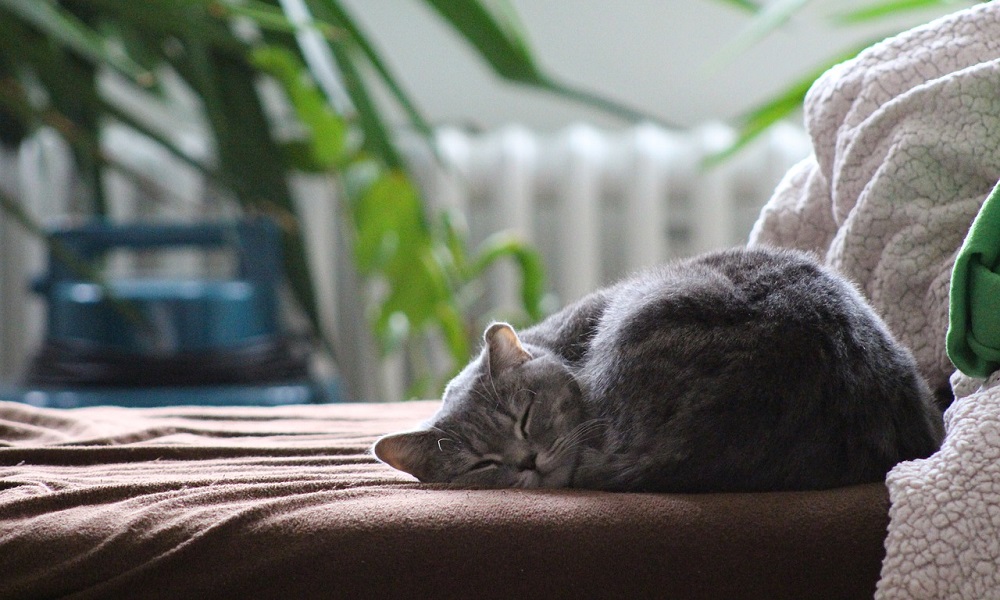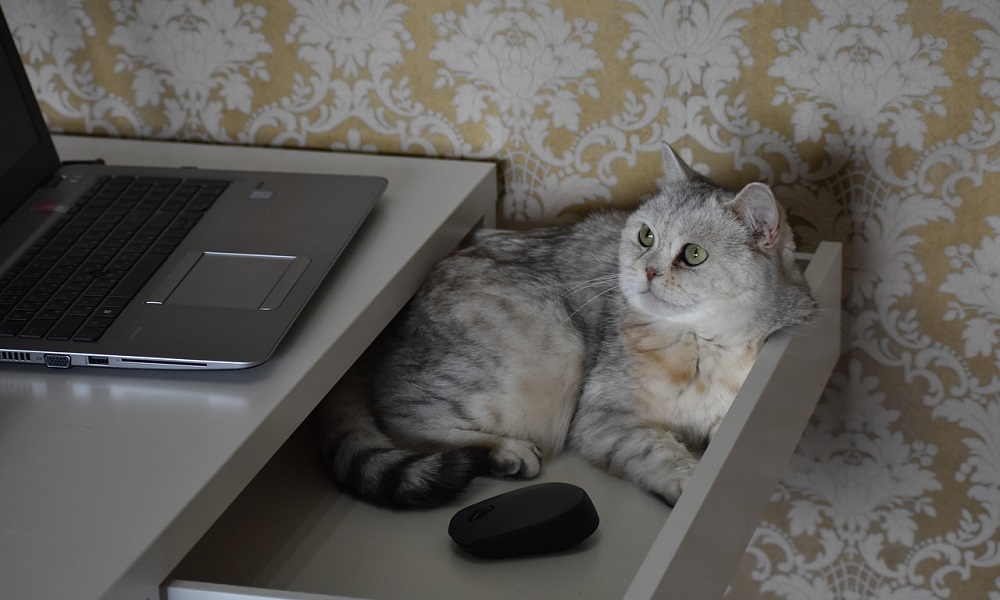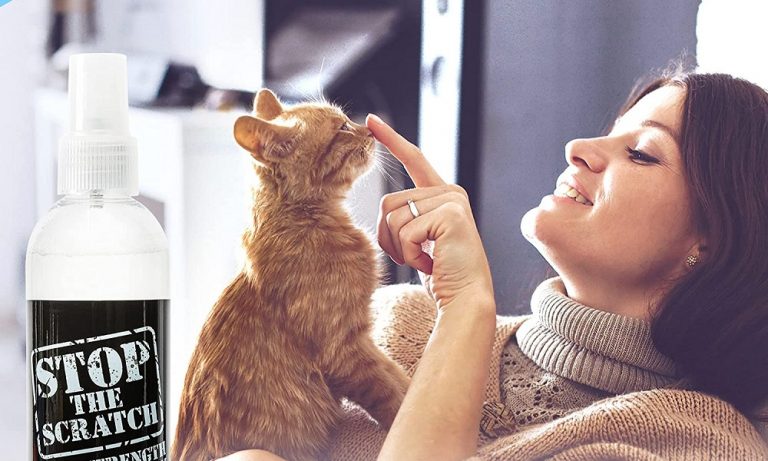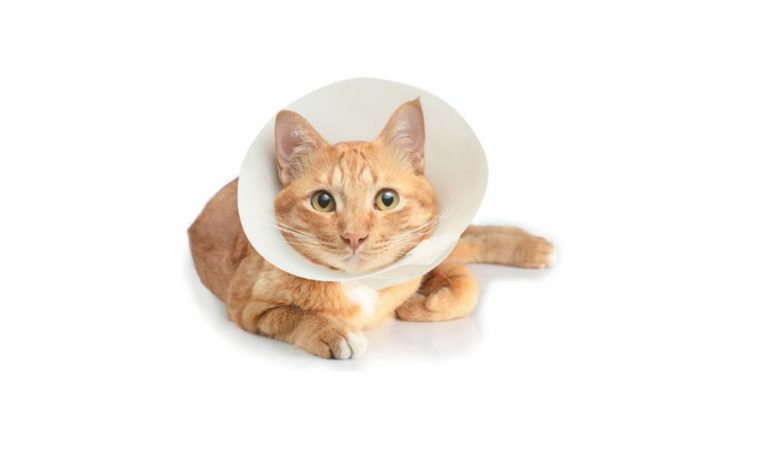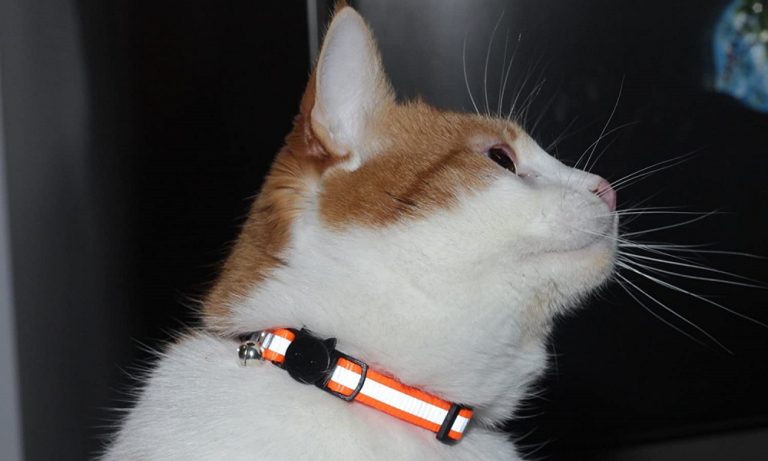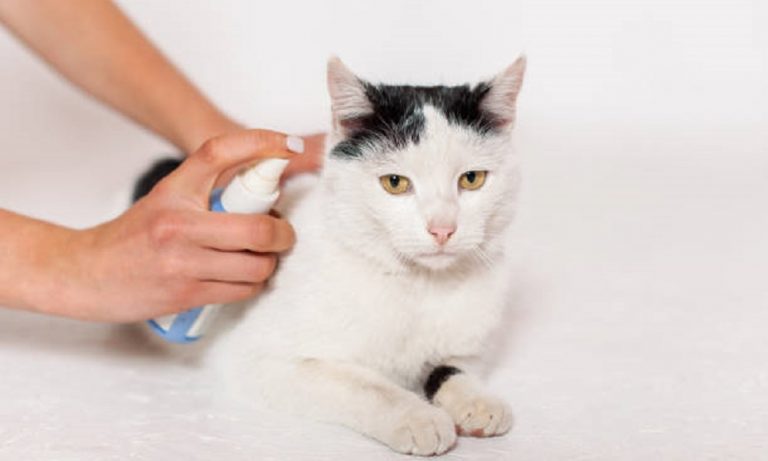How to Get Cat Spray Out of Furniture?
Looking for a way to remove those vertical yellowish marks on your furniture that smells a lot like urine? These are cat sprays marks, and this particular behavior is found in non-neutered cats.
Mostly when marking their territory. This specific behavior may have multiple reasons, of which the most common is when your feline feels unsafe.
It is not done solely out of fear, and many cats spray their area to repel other pets from entering their territory.
Unlike many other stains, if cat spray is not taken care of instantly, it can soak in and bond with the material making the smell almost impossible to remove.
Fabrics and carpets are relatively easy to clean as you can shove them in a washing machine. When it comes to wooden furniture, you need a different approach.
Using a strong chemical can damage wooden surfaces. To avoid the constant pungent ammonia aura, we bring you a list of steps you can follow to remove both the marks and the smell.
You will require enzymatic cleaners and non-toxic smell removers, along with a washcloth and cold water. We will also share.
Why cats exhibit this behavior and what you can do to avoid it. Keep reading on to find out how you can remove these persistent stains with ease.
Why do Cat’s Spray on Furniture?
Spraying is observed in cats of age four months or older, particularly when they reach maturity. The most common reason cats spray outside of their (litter) box is territory marking, attracting a mate, or behavioral reasons.
Many pet parents get their felines neutered or spayed before they reach maturity. Moth male or female cats do not need to spray at all. That is not the only reason why your furry kitty may mark the furniture.
Depending on your cat’s behavior, you can determine whether he does that out of fear or anxiety. Cats, unlike dogs, do not like to stay in packs.
If you have multiple pets, the chances are that your feline is showing territorial aggression and wants to prevent other animals, especially other cats, from coming to his personal area.
If your cat has never done this before, retrace your steps and see if you have recently made any changes to the furniture or house setting.
Doing so can often result in the feline feeling unsafe. Pheromones are certain chemicals that many animals release to communicate with each other.
Mother cats also release these to calming spray their little ones and make them feel safe. If you see your cat rubbing himself on his bed and nearby places like furniture and carpet, it means he is spreading his scent.
When you move and clean the stuff, the smell gets removed, which may lead to your cat’s anxiety. Adopting a new pet or addition of the child in the family may also trigger a fear of not being loved.
For these reasons, cats mark outside of their litter box. Cleaning your cat’s litter box and spending more time with him should reduce this behavior.
Consider taking him to the vet if you feel that your kitty is unwell or aggressive and keeps exhibiting the same behavior.
How to Remove Cat Spray from Furniture?
You can follow these steps to remove cat spray stains from your furniture. First, make sure to analyze the stain and limit the cleaning to only those affected areas.
1. Locate the Stain Marks
Before getting to the cleaning part, you need first to locate the places where your cat has sprayed. When the marks are still fresh, you may not be able to detect them by the smell.
Black lights prove to help detect even small spots in the lower nooks and crannies of furniture. These marks are present at the height of 13 or more inches, depending on how tall your cat is.
2. Choose the Cleaner
The cleaning method depends on how long the stain has been there. If there are signs of discoloration, it is a pretty old stain.
This is easy to judge because old spray stains have a strong odor; however, these are difficult to wipe off because they have been absorbed deep in the material.
Based on the duration of the stain, you can choose from three types of cleaner. It is best to go with a cleaner based on the material of the furniture.
You can find smell removers and non-toxic formulas designed to remove both stains and the smell. These mainly differ in their action method.
Enzymatic Cleaners:
Cat spray smell tends to get stronger if it is left for a long time. This is because of bacteria accumulation, and their reaction brings out the foul smell that tends to stay.
The enzymatic cleaners work by breaking down some of the compounds in urine that are responsible for the pungent smell.
After a while, the smell-causing compounds are released as gases, and they are evaporated. You can then clean off the spot, and the stain will be removed.
Oxygen-based Cleaners and Bacterial Cleaners
Oxygen-based cleaners also take action by breaking down certain compounds and focus on preventing the stain from settling into the material.
Lastly, you can also find cleaners that use good bacteria that digest the organic molecules and remove the stain before the bad bacteria get to it.
Home Remedies
Vinegar and baking soda paste can also be used to deal with fresh stains. If it has soaked inside, the smell will be difficult to remove.
If you do not have a commercial product, consider using hydrogen peroxide for persistent stains. Using hydrogen peroxide can be tricky. If it is left on the wooden spot for too long, it can cause discoloration.
Steps for Cleaning:
- Once you have decided on the cleaner, you will need a towel or cloth and cold water. The first step involves spraying the commercial product onto the area and let it stay for a while. The time for smell removal is usually mentioned on the packaging.
- After 5 to 10 minutes, clean off the area using cold water. Warm water is not recommended as it can cause the stain to bond deeper into the material. Next, gently dab the cloth on the surface till all the liquid is absorbed. Do not rub the surface too aggressively; and instead, do it lightly until the spot is completely clean.
- For darker stains, use a 3% hydrogen peroxide solution with a washcloth. Do not apply it directly to the stain and instead, spray it on a cloth and let it stay in the sprayed place for a few hours. For really tough stains, you may leave it overnight. Once the smell has dissipated, let the area dry in natural air.
- To make sure the chemical is not causing discoloration, check the spot after regular intervals.
- To avoid further spraying, consider using a repellent or vinegar and spray it onto the places where your cat sprays most often. Doing so will stop the cat from spraying in those places. Getting your feline neutered is another way of dealing with this problem.
Some Tips
- Take quick action on spray stains as these become difficult to deal with later.
- Cats spray on places they frequent. If you use harsh chemicals for cleaning, it can be harmful to your feline. When choosing cleaners, always go with natural options like enzymatic cleaners, as these are non-toxic and dissipate with ease.
- If you do not have a commercial product, consider using a baking soda and vinegar paste. For stronger stains, food-grade vinegar may not work as nicely. For that, you will have to get a stronger vinegar solution.
- Air-dry the spot after cleaning and make sure the particular spot is exposed to fresh air.
- Getting your cat neutered is safe for your dog, you need to keep his age and health in mind. Consider visiting the vet before deciding whether your cat should get spayed or not.
- If your cat is spraying because of anxiety, consider using pheromone sprays in areas where he mostly spends his time. Similarly, you can also use repellents to prevent your cat from spraying on the furniture.
- Many cats spray because of litter box problems; therefore, cleaning the litter box and having an extra one available is useful.
Conclusion
Anxiety, insecurity, or simply the need to attract a mate; cats spray for multiple reasons; however, these stains are rumored to be one of the toughest to deal with.
By following a few quick steps, you can save yourself the trouble of dealing with smelly furniture. Using commercial products for fighting tough odors is a good idea.
You should consider getting natural cleaners. These are non-toxic and do not discolor the affected spots. Other than commercial remedies, you can also use baking soda and vinegar paste or hydrogen peroxide to deal with most types of cat spray marks.
Consider cleaning the litter box and use repellents where necessary. Spraying is natural to cats, consider, and while you cannot completely stop your feline from doing so, you can redirect this behavior.
